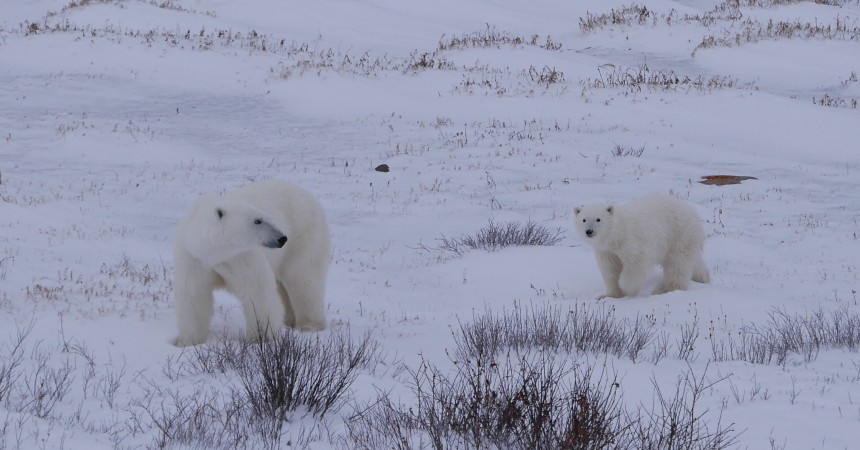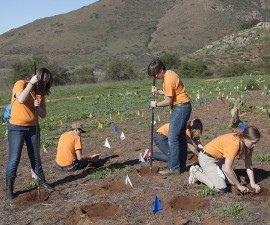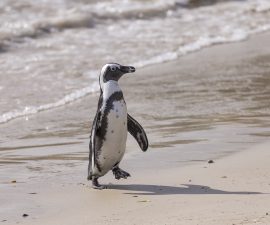Survival for polar bears is all about energy. They must capture enough calories, in the form of seals, to survive in the Arctic cold; store enough fat to live on in between meals; and ensure that enough energy has been gained to move about the thousands of square miles that they call home. In addition, a pregnant female polar bear must store enough fat to survive a months-long fast, and provide enough milk for her litter of cubs while in the den.
Sound challenging? In fact, this highly specialized approach to survival in their unique and extreme ecosystem has been shaped over evolutionary time, and it has been a successful strategy for polar bears.
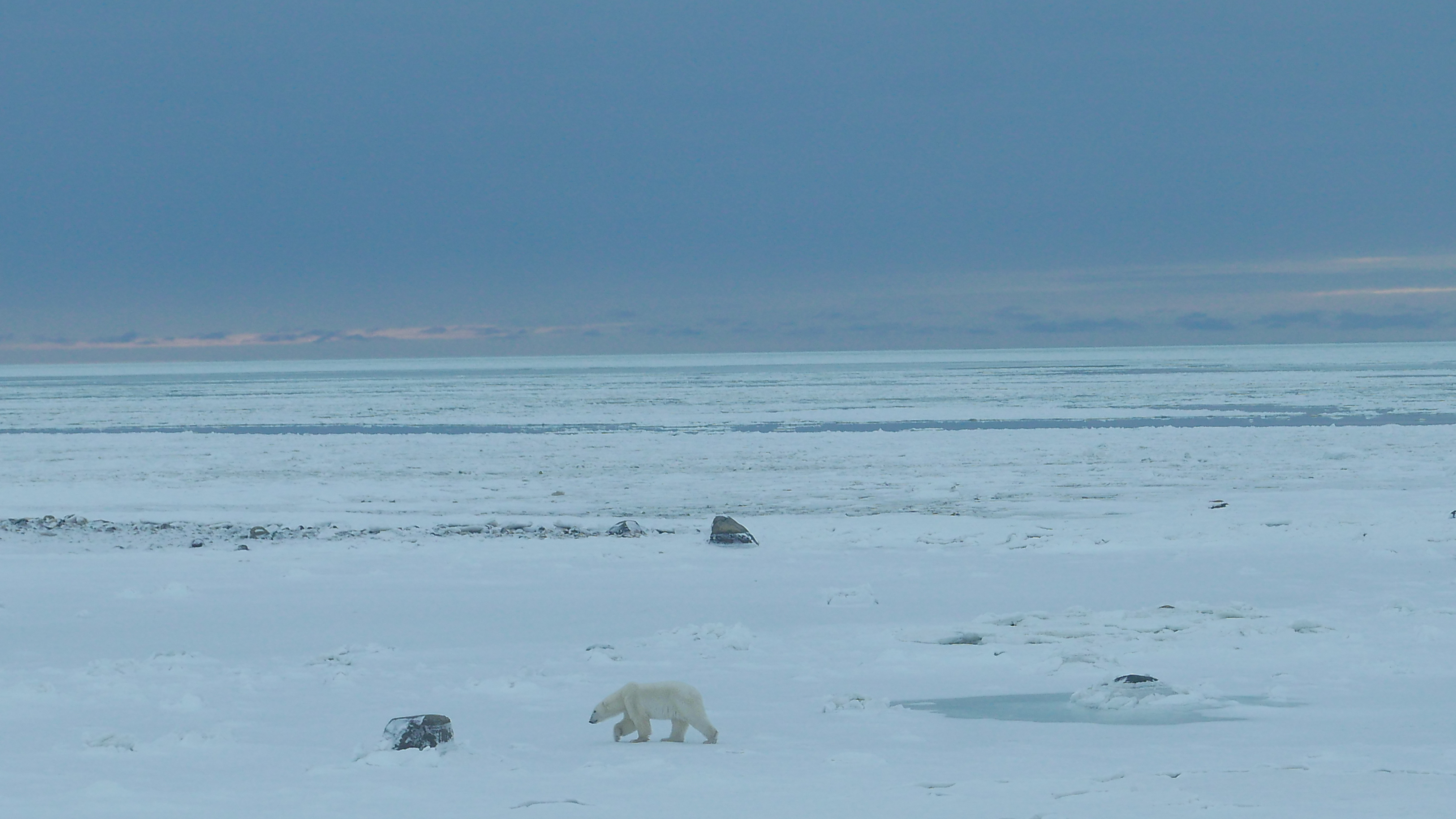
Unfortunately, rapidly warming temperatures in the Arctic—the result of decades of increasing greenhouse gas emissions from human activities—have resulted in reduced volume, extent, and persistence of Arctic sea ice. For polar bears, this means less calories gained—and, according to a new study, more calories spent—in the never-ending hunt for food. Thus, the polar bears’ dependence on the sea ice for survival has left them vulnerable to extinction, as climate change-driven sea ice losses have transformed the Arctic ecosystem.
Sea ice is inherently dynamic. The prevailing Arctic Ocean currents and wind are constantly pushing the sea ice west. But somehow, polar bears maintain their general range, compensating for this constant movement.
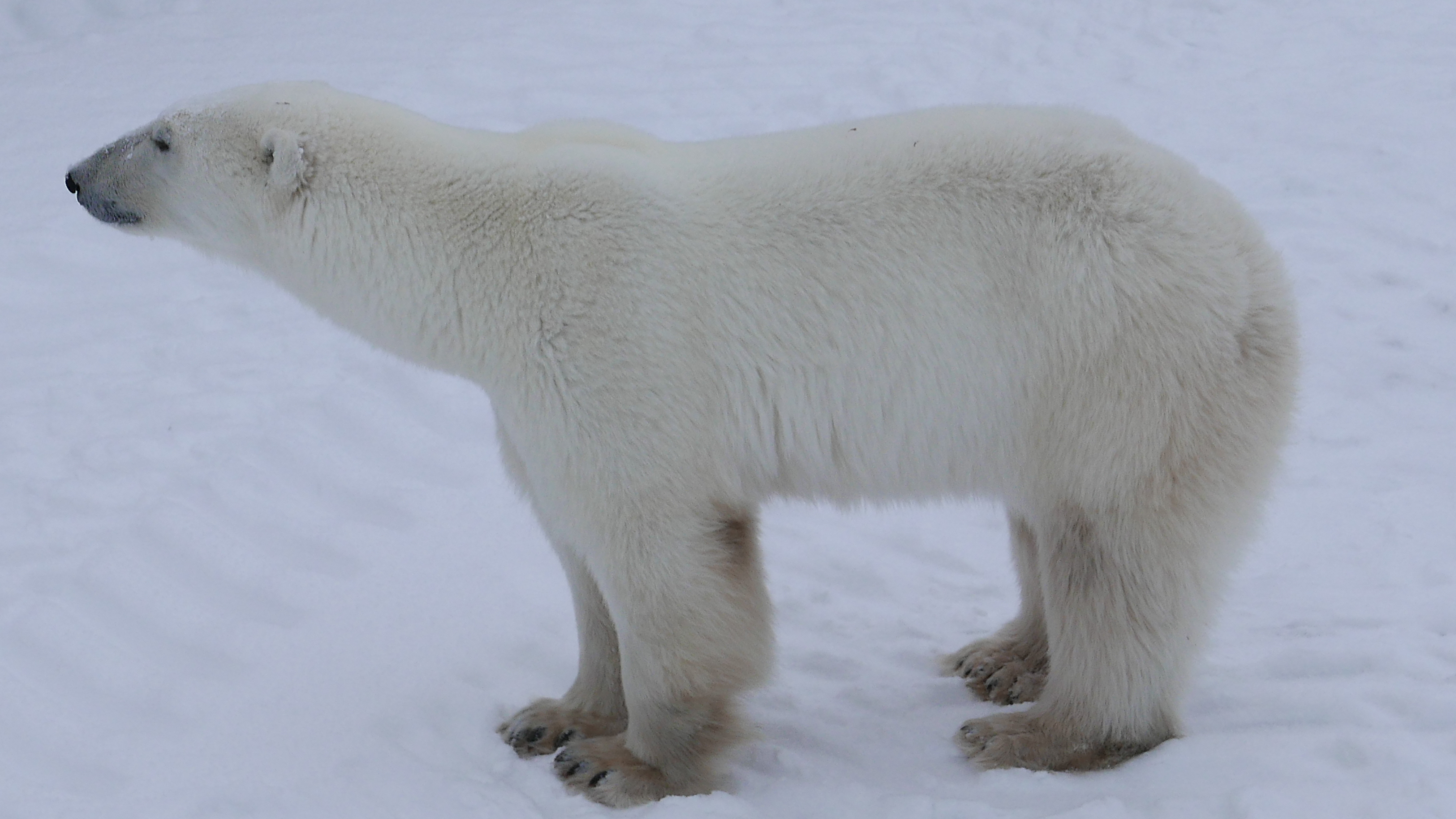
Back in 2003, a study was published that demonstrated polar bears don’t simply float along with the drifting sea ice, like plankton might in the ocean. Instead, they exert precious energy to navigate through their habitat, often moving against the prevailing drift—just as someone at the gym moves against the prevailing movement of a treadmill. In the polar bears’ habitat, climate change is speeding up that “treadmill,” and polar bears are having to work harder to get where they need to go—and they must, in fact, capture more energy (in the form of seals) to meet their energy needs for survival.
Arctic sea ice extent, volume, and age are all being reduced by climate warming. These changes to the sea ice have resulted in reductions in the stability of this precious resource, and an increase in the rate at which it drifts along with the prevailing ocean currents and wind. This increased drift presents yet another challenge to polar bear survival, and a recent study has estimated a substantial increase in the energy required for polar bears to compensate for this movement. In practical terms, this means that polar bears must work harder to find the seals that they now have less ability to reach.
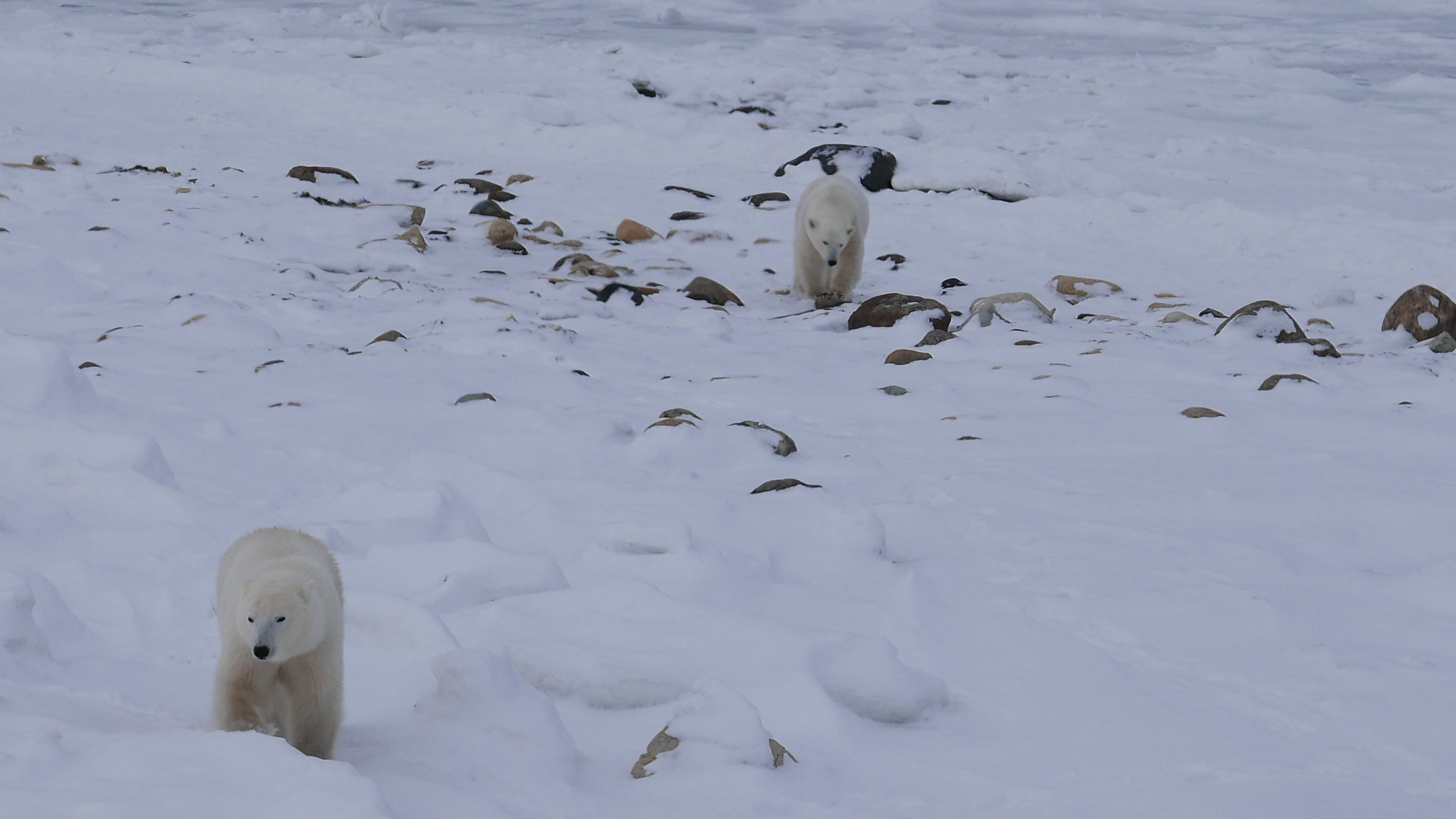
This new information is the product of over 30 years of research in the Arctic, and it highlights the importance of the long-term study of our natural world. It is imperative for polar bears, and the countless other species that are being impacted by climate change and habitat degradation, that we continue to support studies of wildlife and apply our findings in a way that promotes a sustainable coexistence between human well-being and that of the natural world.
For more information on how polar bears navigate their dynamic and challenging environment, visit: http://www.polarbearsinternational.org/news-room/scientists-and-explorers-blog/how-do-polar-bears-find-their-way.
Megan Owen, Ph.D., is associate director of Applied Animal Ecology at the San Diego Zoo Institute for Conservation Research. Read her previous post, Hope for Polar Bears (and People).

